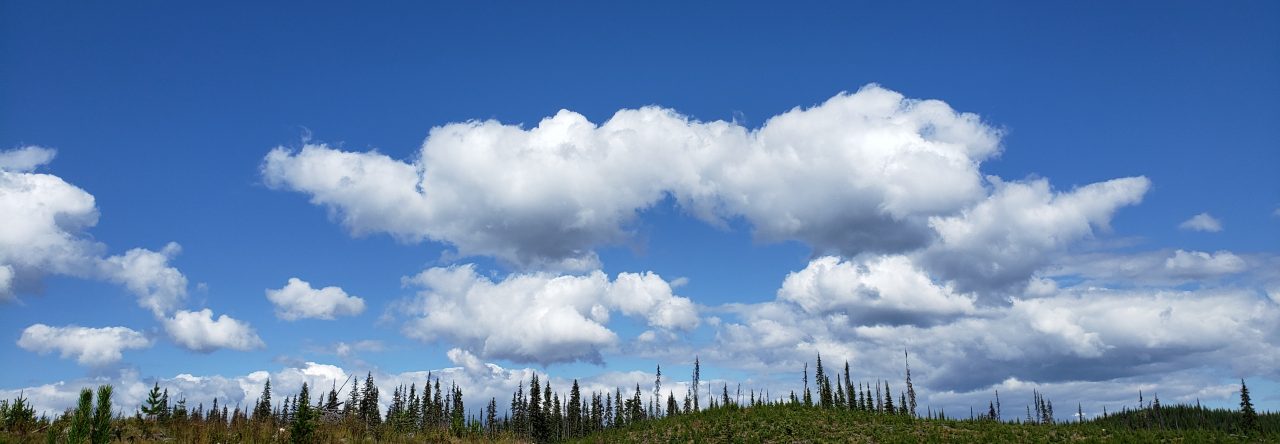Originally published as a column in the AM News on Friday, July 25, 2014
 It was a bit of a rushed late afternoon so we had watermelon for dinner. Fate favoured the rushed that day; the watermelon was crisp and sweet and the memories of the few mushy watermelons were erased by the dripping sweetness of the one I guessed right.
It was a bit of a rushed late afternoon so we had watermelon for dinner. Fate favoured the rushed that day; the watermelon was crisp and sweet and the memories of the few mushy watermelons were erased by the dripping sweetness of the one I guessed right.
Then we headed to Prince Charles Park for the dress rehearsal of the ‘Last of the dragons.’ A neighborly perk you could say, lucky. We did not know what to expect, but we love plays. As we were about to discover, our expectations would’ve been surpassed anyway.
Something that I’ve learned along the years is that tastes differ and my cup of tea may not be yours and the other way around. There is a high chance this play and the one we went to see the second night, ‘Alice in Wonderland,’ may just become our common denominator.
I won’t throw my arms in the air urging you to go see them because you might not be convinced. But here’s what the two plays did for me. They made me laugh, they were so dynamic that you could not take your eyes off the fast-moving actors, the décor and costumes were fault-free and if I had to summarize it in one concise statement, it would be something like this: they made me forget about everything else. They were that good.
Why is that remarkable you may ask? Because other than heading out of phone and internet reach with my family, it rarely happens.
Among devastating news of planes being shot down and other falling down without an apparent cause, pipelines wrongfully approved and wars sprouting like toxic mushrooms in some parts of the world, not to mention the plethora of environmental troubling news flooding my inbox every day, it’s hard to evade and stay there for a while.
Well, I did. The boys too. Their faces in late dusk said it all. I did my best to translate that to the two affable play directors that made it all happen.
The second representation was halted by rain for a few minutes but what better way to play skidding tag than on wet grass in almost darkness while waiting for the play to resume. And it did. We really had to see the ending, the boys said. That’s how you know something it’s worth it.
The next day at the farmer’s market downtown, we ran into one of the actresses and made her acquaintance.
Afterwards, walking with my arms full of raspberries and bright yellow zucchini, the two items our garden does not supply at the moment, I felt like I won the jackpot. Because once again I realized the joy of living in a place small enough to allow for bumping into people you know, but big enough to allow for remarkable things to happen.
To the rest of the world, summers in Kamloops are hot. It’s a desert, right? To me, they are beautiful. Yes, it is hot, yes our little house becomes an oven on those hot days when the sun seems to fulfill some personal vendetta with the very land we step on, but the richness of all that is happening here is hard to ignore. Our own garden included.
We have good music in the park, we have a farmer’s market where smiles and produce are always fresh, we have plays in the park that make you forget about everything else, we have the kind of town that has a heart you could hear the beats of if you just stop and listen for a few moments.
I don’t have a favourite season you see. I thought fall we moved here two years ago. I had spoken too soon. Winter came and we were sold. Then spring, lilac and wildflowers made it even more difficult.
Then of course, this summer, our first in Kamloops, sealed the deal. There is no favourite. We are a lucky bunch. That’s to be grateful for. Whether it is nature gifting us with beauty, or people putting their hearts and talents out there to make us aware of joy even for a bit, well, that’s to be grateful for. Every season has it.
 The skies rained on our parade two days ago, literally, but some goodness came out of it. At the neighborhood gas station today one of the attendants told me a heartwarming story of locals helping out those whose vehicles got submerged at the 10th Street underpass. Shoes were lost, he said. Hearts were found, I concluded.
The skies rained on our parade two days ago, literally, but some goodness came out of it. At the neighborhood gas station today one of the attendants told me a heartwarming story of locals helping out those whose vehicles got submerged at the 10th Street underpass. Shoes were lost, he said. Hearts were found, I concluded.
Lucky us. Say it isn’t so.













